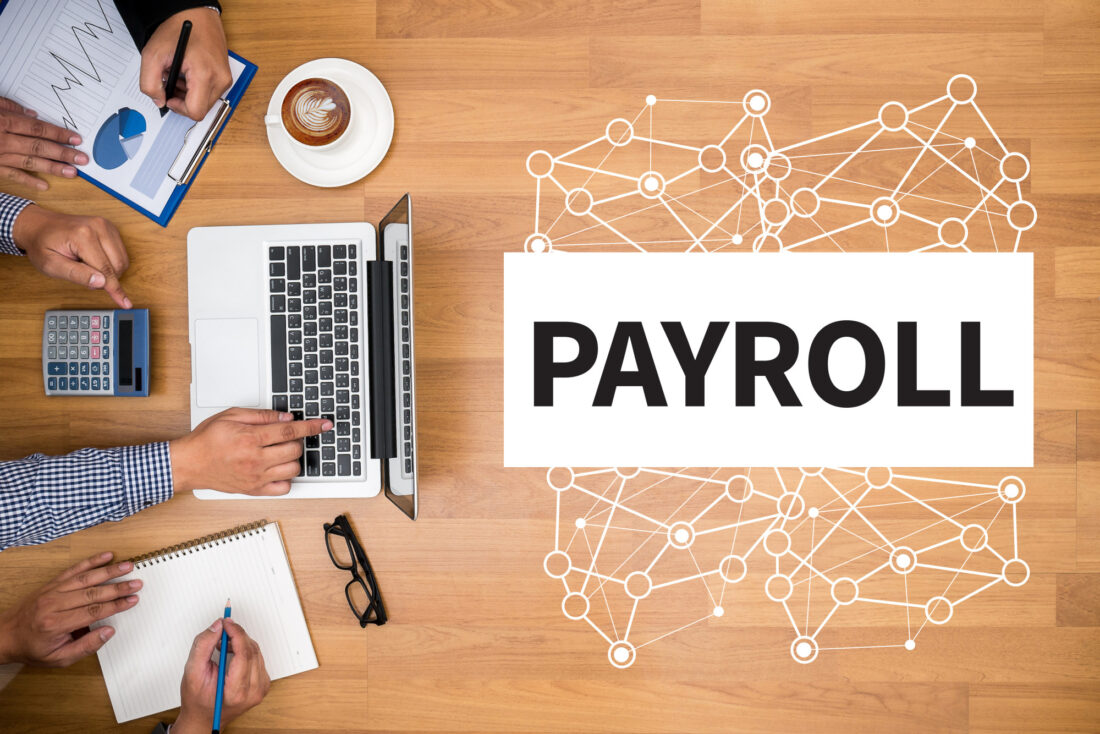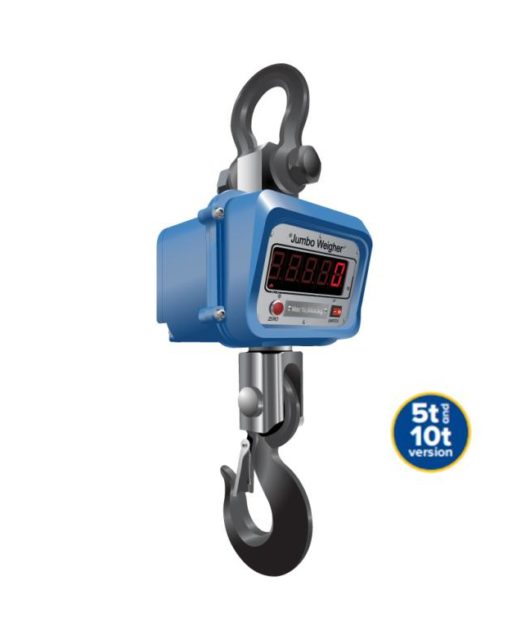How to Set Up Payroll for Your Business

Your company has just hired its first employee—congratulations! There’s nothing more exciting than this important milestone in company growth.
However, now that you have a staff member, how are you going to pay them? Any business, large or small, needs to set up payroll to pay staff members each week.
If this is new to you, don’t worry—paying employees is simpler than you might think. To learn more, keep reading to learn how to set up payroll for your company.
Set Up Payroll Procedures
First, your payroll manager needs to set up the terms of the payroll. How often will it be done, and on which days?
You’ll also want to set a cut-off period a few days beforehand for any schedule changes or leave requests, ensuring you have time to prepare.
Remember that consistency is very important when it comes to payroll. Staff depend on their weekly or monthly paycheck to pay bills, so if they are paid late, they are at a disadvantage. Make sure to always pay on time to keep your employees happy.
Collect Documentation from Employees
To pay your staff, you’ll need to collect some key documentation. This includes their full name, address, bank account details, and bank name.
They will also need to complete some paperwork from the IRS, which outlines how much tax their employer should withhold. For most salaried or hourly staff, this will mean completing the W-4 form.
It asks staff questions such as their marital status and other employment to work out how much tax they should pay. It’s then their employer’s responsibility to ensure they withhold the correct amount of tax.
However, if there are any overpayments, staff can usually get this back when they file taxes.
Calculate Payroll
Once you have all the documentation and your payroll processes in order, it’s time to calculate payroll. For hourly staff, you’ll want to look at their timesheets to calculate pay, in addition to any overtime hours worked.
It’s simpler for salaried staff, but you’ll still need to make adjustments in regards to unpaid time off, sick leave, or annual leave taken within the pay period.
Once payroll has been done, issue staff with pay stubs so they can see how much they earned and their current leave balances. To create payslips for your staff, check out this link—https://www.paystubcreator.net/w2-form-create/company-information.
Pay Stubs should be emailed or given to all employees on payday.
Use These Payroll Basics to Get Started Today
Hiring new staff means your company is growing, a very exciting time! To ensure you’re looking after your new staff member, use the tips above to set up payroll systems and make sure everyone is paid on time and correctly.
Payroll is an essential part of HR and it’s something employees look forward to, so create a simple payroll system that will work for both your company and your staff.
Did you find this article useful? If so, please browse some of our additional content to learn more.









